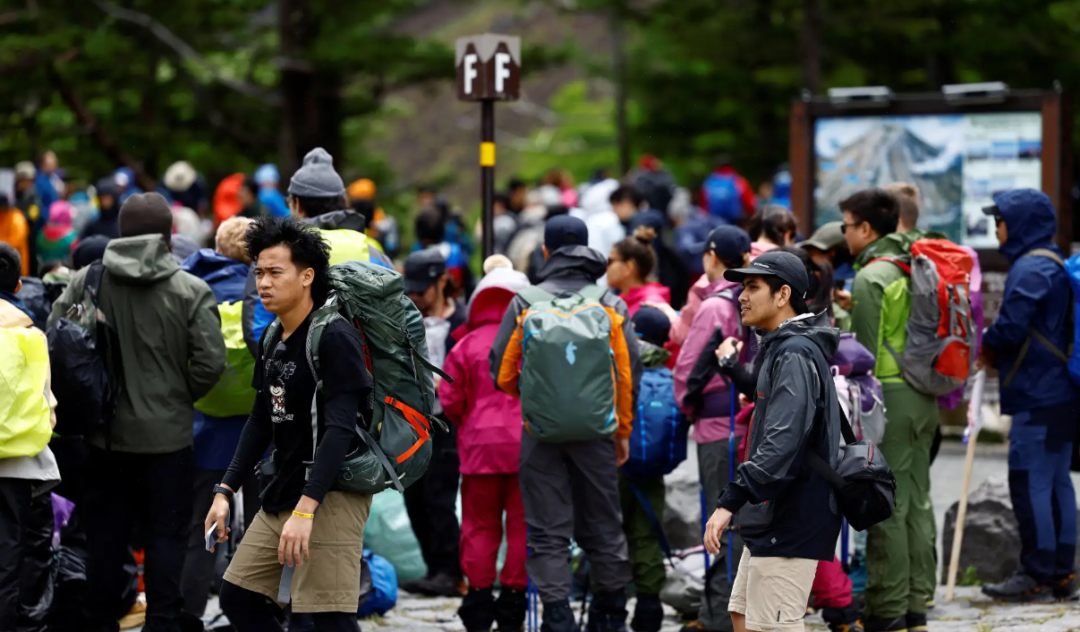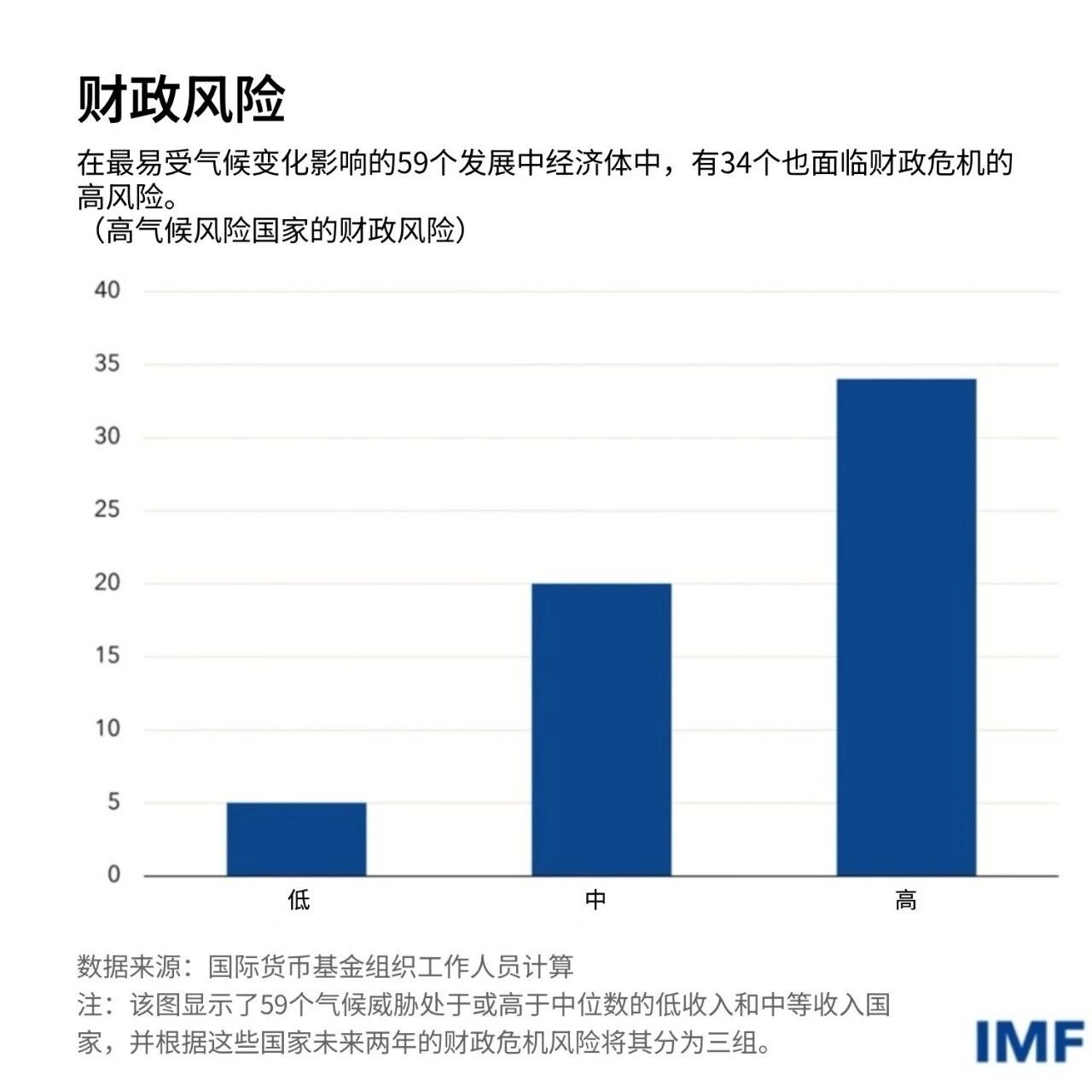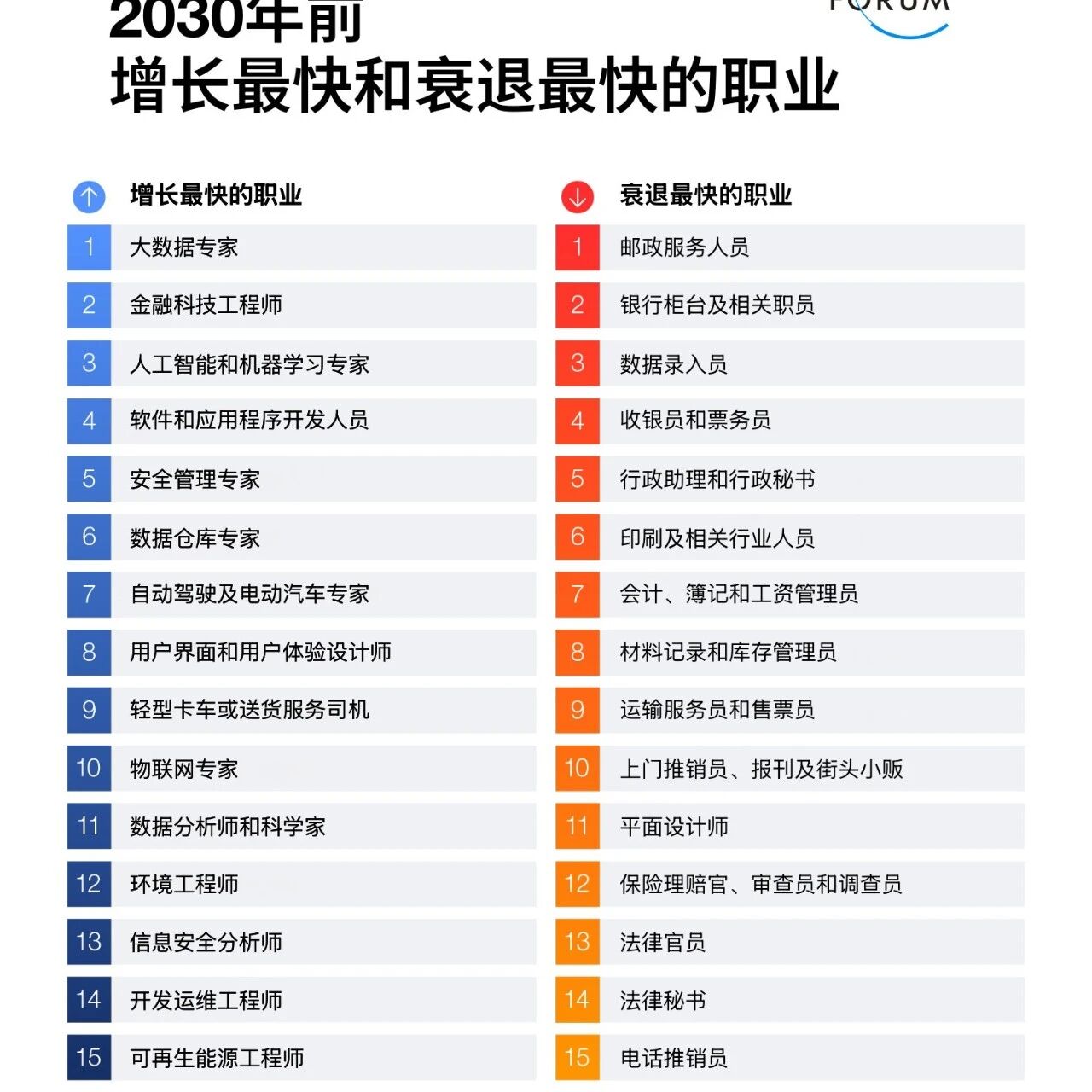

Over-tourism in popular destinations has negatively impacted the surrounding communities.
Image source:Reuters/Issei Kato
Naoko Tochibayashi
Head of Communications for the World Economic Forum in Japan
Mizuho Ota
Forum Agenda Writer
Japan is promoting regional tourism to address overtourism and prevent travel from being concentrated in just five administrative regions.
Technologies such as artificial intelligence and real-time digital signage help visitors navigate crowded areas.
The Japanese government is allocating significant funding to prevent overtourism in the region.
Over-tourism is posing significant challenges to tourist destinations around the world, and Japan is no exception.
Despite Japan having already implemented various measures nationwide,However, eradicating overtourism requires innovative and sustainable solutions.
In 2024, the number of international visitors to Japan reached approximately 36.87 million.Reaching a record high, an increase of 47.1% compared to the previous year.
In 2023,Total spending by foreign tourists reached 5.3 trillion yen., an increase of 10.2% compared to 2019, before the COVID-19 outbreak.To address this growth, the Japanese government has set a target of welcoming 60 million international tourists by 2030.In March 2025, Prime Minister Fumio KishidaInstructionRelevant cabinet ministers have formulated a comprehensive plan,Strive to achieve this goal.
Communities Under the Impact of Overtourism
With the growth of international tourism to Japan,JapanApproximately 73%Overnight accommodations are concentrated inFive administrative regions—Tokyo, Osaka, Kyoto, Hokkaido, and Fukuoka—exhibit significant regional imbalances.
A survey on traffic congestion in residential areas and workplacesThe survey revealed that 59.7% of respondents described their residential areas as either "crowded" orIt's a bit crowded.“At the same time, 63.4% of respondents said that…The same situation exists in the area near the workplace.About 60% of respondents said that this overcrowding hasIt has had a negative impact on their daily lives.
Tourists concentrating in popular destinations have already had a negative impact on the surrounding communities.KyotoThis historic city boasts strong tourism appeal, yet its public transportation has become overwhelmingly crowded.Leading to commuting challenges for residents
The increase in urban accommodation has also brought challenges such as noise pollution and waste management.Similar issues related to overtourism have also been frequently appearing inHokkaidoAndTokyoAnd other places.
OvertourismIt not only harms residents' quality of life but alsoReduceDoneOverall visitor satisfaction. To fully capitalize on the benefits of growing tourism, we must promote geographic diversification in the industry while maintaining a high standard of service.
In the process of achieving these goals,The new approach is gaining significant attention, including leveraging public-private partnerships to draw tourists to less crowded areas, as well as introducing real-time visitor flow visualization systems.
Attracting tourists to lesser-known regions
In October 2024, Japan Airlines partnered with Hoshino Resorts.CollaborationPromoting relatively niche travel destinations to inbound tourists, the plan is to highlight lesser-known "hidden gems" across their website, Instagram ad campaigns, and exclusive package deals that combine Japan Airlines flights with accommodations at resorts under the Hoshino Resorts brand.
Japan Airlines in September 2024Launched an initiative,Designed to further boost regional tourism, this initiative offers free domestic flights to international travelers arriving on overseas flights.
This initiative aims to encourage tourists to explore regions they might not have considered, while also helping to alleviate the impacts of overtourism and contributing to local revitalization efforts.
Visualizing congestion and information dissemination
To help tourists avoid crowded areas and make informed decisions, Japan is currently also working to address this issue by visualizing visitor flows.
In Okinawa, "Okimeguri"Tourism Optimization Application,"Using artificial intelligence, predict attraction visitor flow and crowd levels by analyzing historical tourist data and weather information.Visitors can select a date, time, expected weather conditions, and location to view projected crowd levels and activity details.
Although it can't provide real-time information, this toolThis allows tourists to assess crowd levels during the travel planning stage, ensuring a more comfortable travel experience.
In Hokkaido, Mount Hakodate—renowned for its panoramic views—is facing the challenge of overcrowding at its summit observatory. To address this issue, Hakodate City will implement a system starting in January 2025.Visualization of the congestion system.
Hakodate Station is equipped with digital signage that canReal-time tracking monitors crowd levels at eight locations, including the observation deck and the cable car stations leading to the mountain top. Visitors can also check crowd conditions on their smartphones by scanning a QR code.
Government support for regional projects
Over-tourism remains a pressing challenge for the government.
The Japanese government, in the fiscal year 2024 supplementary budget,Allocating 15.82 billion yenUsed for "Emergency measures to prevent and mitigate overtourism, while enhancing the welcoming environment for foreign visitors.", accounting for 15% of the total budget, including fiscal year 2025.
The Japan National Tourism Organization is implementing “A project aimed at promoting sustainable tourism by preventing and mitigating overtourism.”This initiative, developed through discussions with local stakeholders, fully supports the measures and plans that have been put in place.
The project categories include "Collecting and Analyzing Population Data" and "Visualizing Pedestrian Flow."
In 2025, the selected projects include “Developing and establishing a plan and system to distribute foreign tourists across Kumamoto Prefecture”,Eligible for subsidies of up to 80 million yen, the initiative aims to alleviate overtourism through locally driven efforts.
While the increase in tourist numbers benefits the local economy and tourism industry, the concentration of visitors in specific areas poses risks that affect both the quality of life for residents and the overall travel experience of tourists.
Addressing these challenges requires implementing measures to encourage visitor dispersal.Japan's public-private partnerships benefit local economies, residents, and tourists by encouraging visitors to explore lesser-known travel destinations while also providing mechanisms that help manage and disperse crowds.
These initiatives all contribute to the sustainable development of tourism, while also providing a vision for strengthening societal resilience and supporting inclusive economic growth.

The above content represents the author's personal views only.This article is translated from the World Economic Forum's Agenda blog; the Chinese version is for reference purposes only.Feel free to share this in your WeChat Moments; please leave a comment at the end of the post or on our official account if you’d like to republish.
Editor: Wan Ruxin
The World Economic Forum is an independent and neutral platform dedicated to bringing together diverse perspectives to discuss critical global, regional, and industry-specific issues.
Follow us on Weibo, WeChat Video Accounts, Douyin, and Xiaohongshu!
"World Economic Forum"


